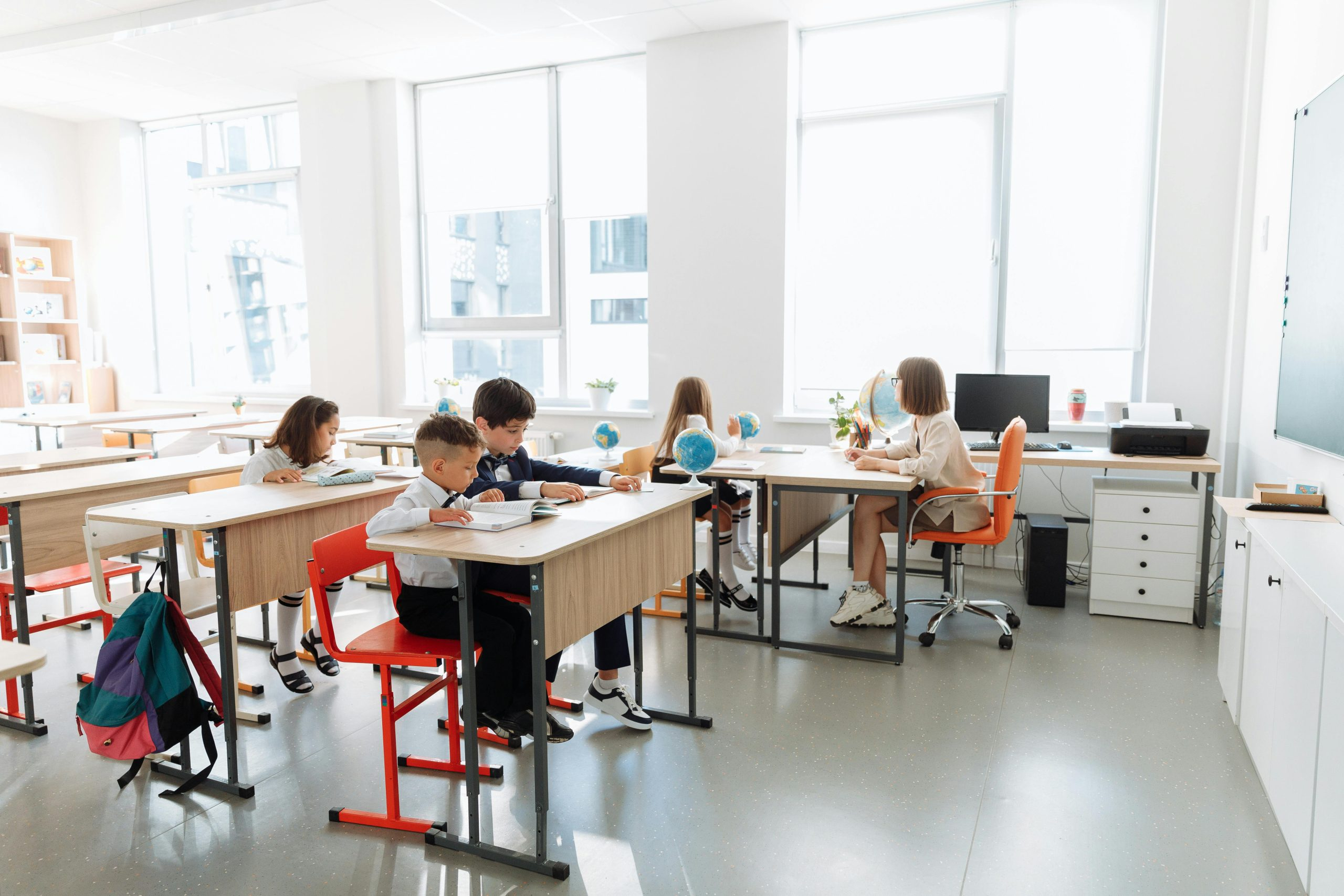Building Resilient School Systems: Lessons from Global Challenges
The COVID-19 pandemic has brought unprecedented challenges to the education sector, causing massive disruptions to the traditional learning process. Schools have had to quickly adapt to remote learning, and students have faced challenges related to access, equity, and engagement. In the face of these global challenges, educators and policymakers must consider how to build resilient school systems that can withstand future shocks and continue to provide quality education. Here are some lessons we can learn from the current global crisis to build more resilient school systems for the future.
Lesson 1: Embrace Technology
One thing the pandemic has highlighted is the critical role of technology in the education sector. Schools that had already integrated technology into their teaching methods were able to quickly transition to remote learning. On the other hand, schools that were lagging behind in terms of technology struggled to keep up and provide quality education to their students.
Going forward, it is necessary for schools to invest in technology and embrace a hybrid learning approach that combines both in-person and remote learning. This will not only prepare schools for future disruptions but also allow for personalized learning and provide equal opportunities for all students regardless of their geographical location.
Lesson 2: Prioritize Student Well-being
The pandemic has taken a toll on the mental health and well-being of students. The sudden shift to remote learning, lack of social interaction, and increased anxiety have affected many students. As we look towards building resilient school systems, we must prioritize the well-being of our students.
This includes providing socio-emotional support to students, creating a sense of community within the school, and promoting healthy habits such as exercise and socialization. By prioritizing student well-being, we are not only preparing them to cope with future challenges but also fostering a positive learning environment.
Lesson 3: Address Equity and Access Issues
The pandemic has also exposed the existing inequities and access issues in our education systems. Not all students have equal access to technology, resources, or a conducive learning environment. This has widened the gap between students from different socio-economic backgrounds and hindered the education of marginalized communities.
Resilient school systems must ensure that all students have equal opportunities to access quality education. This may include providing devices and internet access to students, creating safe and inclusive learning spaces, and addressing socio-economic factors that may affect a student’s education.
Lesson 4: Foster Collaboration and Adaptability
The pandemic has shown the importance of collaboration and adaptability in the face of challenges. Schools that were able to quickly adapt to remote learning were those that fostered collaboration between students, teachers, and families. The ability to adapt to new situations and find innovative solutions is crucial for building resilient school systems.
As we move forward, schools must continue to encourage collaboration and adaptability in their teaching methods and curriculum. This will not only prepare students for future challenges but also instill important life skills that will benefit them in the long run.
Conclusion
The global challenges brought about by the pandemic have highlighted the need for resilient school systems that can provide quality education despite disruptions. By embracing technology, prioritizing student well-being, addressing equity and access issues, and fostering collaboration and adaptability, we can build school systems that are better equipped to face future challenges. It is crucial for educators and policymakers to prioritize these lessons and work towards building more resilient school systems for the benefit of our students and society as a whole.







